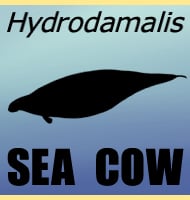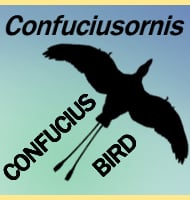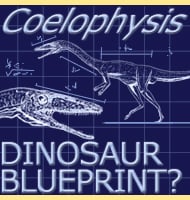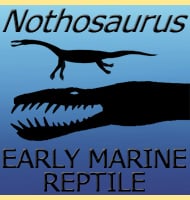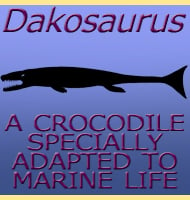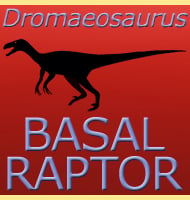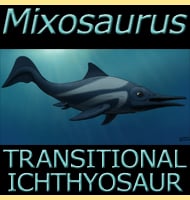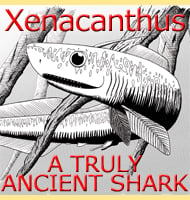In Depth
The holotype specimen of Spinops was first discovered in 1916 by Charles H. and Levi Sternberg. However when the material was sent to the London Natural History Museum (the institution that financed the dig) the keeper of Geology, one Arthur Smith Woodward (today best remembered for declaring the ‘Piltdown Man’ as a genuine fossil when it was actually a fake) declared the fossil material as ‘nothing but rubbish’. As a result the fossil material languished within the stores of the London Natural History Museum until the early years of the twenty-first century when Andrew A. Farke relocated the fossils. Michael J. Ryan had tried to study the fossils earlier in 2000, but the material could not be found at the time of the request. The new team quickly realised that the material they had represented a new genera of ceratopsian, and named it Spinops in reference to the spiny appearance of the skulls, and the species name sternbergorum in honour of the original discoverers, Charles H. and Levi Sternberg.
Spinops is classed as a cantrosaurine ceratopsian, the type that are known for increased horn growth at the expense of a reduced neck frill. Spinops also had an enlarged nasal horn but reduced brow horns, as well as two smaller horns at the top and centre of the frill that curved down towards the face. Two larger spikes slightly longer than the nasal horn were fairly close together at the top of the frill and extended backwards.
The original fossil material of Spinops was actually recovered from a bone bed, something that indicates the possibility of not just further fossil material for this genus waiting to be found, but it also infers the possibility for herding behaviour in this genus. This is not too much of a stretch to imagine as other centrosaurine ceratopsians such as Centrosaurus and Styracosaurus are also known from mass bone beds.
Further Reading
– A new centrosaurine from the Late Cretaceous of Alberta, Canada, and the evolution of parietal ornamentation in horned dinosaurs. – Acta Palaeontologica Polonica 56(4):691-702. – A. A. Farke, M. J. Ryan, P. M. Barrett, D. H. Tanke, D. R. Braman, M. A. Loewen & M. R. Graham – 2011.

